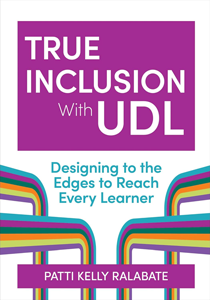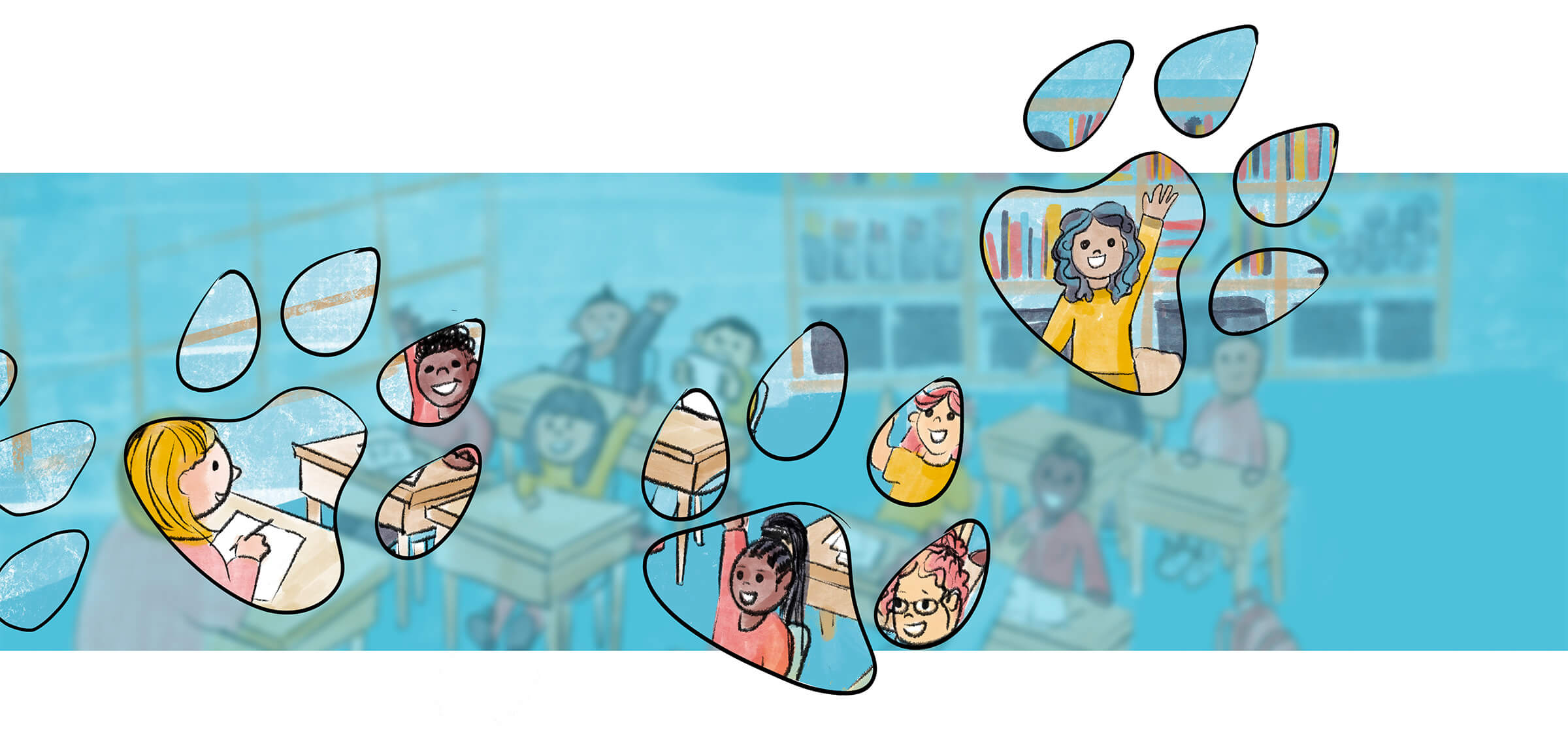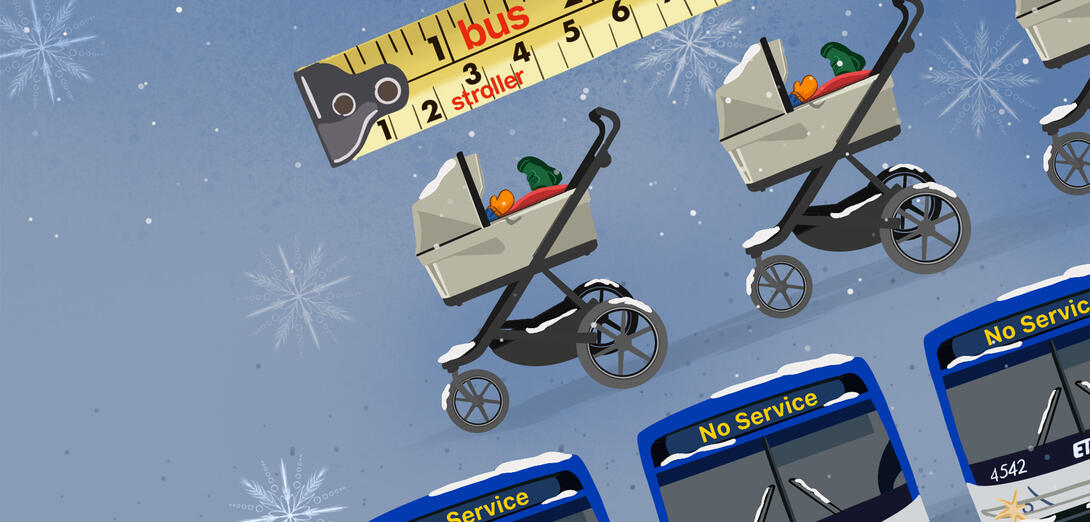Delores Tatlow had been teaching for two decades. She loved working with the little ones — it was her calling — and then one spring day she couldn’t make it into school. She was struggling to leave her house, let alone be around groups of people. The sensory overload was too much.
Tatlow returned to her classroom the next fall, but by November she realized teaching was not sustainable given her health. Soon after, she was diagnosed with a nonvisible disability and wondered if she would be able to return to the profession she loved. At the same time, she knew that she wasn’t done yet.
Now, she wants to share her story with the teaching community to let others living with disabilities know that their diagnosis doesn’t dictate their future.
Can you speak on how you learned about your nonvisible disability and its impact on you?
When something like this hits, it’s so unexpected. I was dealing with everything happening with my health, but also dealing with guilt about if the school was going to be okay, if my students were going to be okay. I was also navigating disability benefits. I had a lot of support and was blessed to have great administrators, but there was still a lot of stress.
I was also grateful I had a full-time, continuing contract because I was able to access benefits to help me improve. For teachers in a temporary or probationary position, you might worry about pay and benefits — can I afford to take time for my health? We plan for the best, but we need support for when it’s the worst.
What challenges have you experienced since begin diagnosed?
Being diagnosed with a disability or health issue was a lonely journey for me. And there were no quick fixes, no answers to make everything better right away. That was the hardest part. It’s been a learning curve, and I have had to accept that I will never be back to where I was before.
You decided to return to teaching. What prompted your return to the classroom?
I had adopted a standard poodle, Duchess, and was thinking about training her to be a therapy dog to bring her into seniors’ homes and schools. Then I saw how she was improving my own health and thought maybe she could become a certified service dog for me. I knew I wanted to continue teaching and thought Duchess could help me.
“We’re focused on inclusivity for our children, and we need to model that in our profession."
Delores Tatlow
Were there any barriers to introducing a service dog into the school?
This accommodation triggered a policy review, as the board didn’t have a policy on service animals for staff at the time. The school, school board and the service dog training school worked together to bring Duchess into the school. She’s not a class pet or a therapy dog. She is a service animal for me.
What has been the effect of having Duchess with you in school?
The benefits have been so immense because I’ve gotten my independence back. By not staying home like my disability wants me to, I have been able to educate others and have helped create community around and for people with nonvisible disabilities, making it okay for people to talk about their experiences.
What would you say to a colleague living with a disability?
We’re focused on inclusivity for our children, and we need to model that in our profession. When something goes wrong in our own lives, it can be hard to seek out and to accept the accommodations we need. I want teachers to know that you don’t have to quit because of this. There is still space for me and for you in our schools.
Recommended Resource

True Inclusion with UDL: Designing to the Edges to Reach Every Learner
Patti Kelly Ralabate
Available through the ATA library.
Did you know?
July is Disability Pride Month, an opportunity to honour the experiences and the diversity of the disability community.
August is Intersectionality Awareness Month, a time to reflect on and enhance understanding of intersectionality, a concept introduced by law professor Kimberlé Crenshaw in 1989.
Illustration by Alexa Guse.



